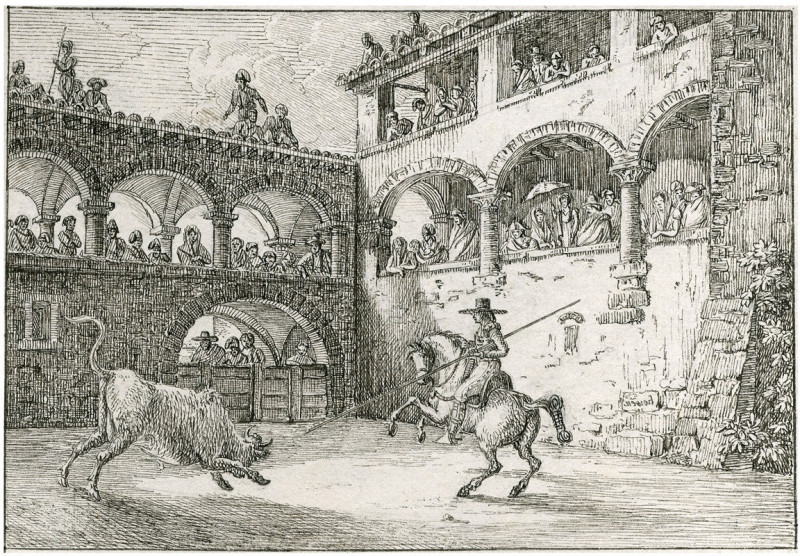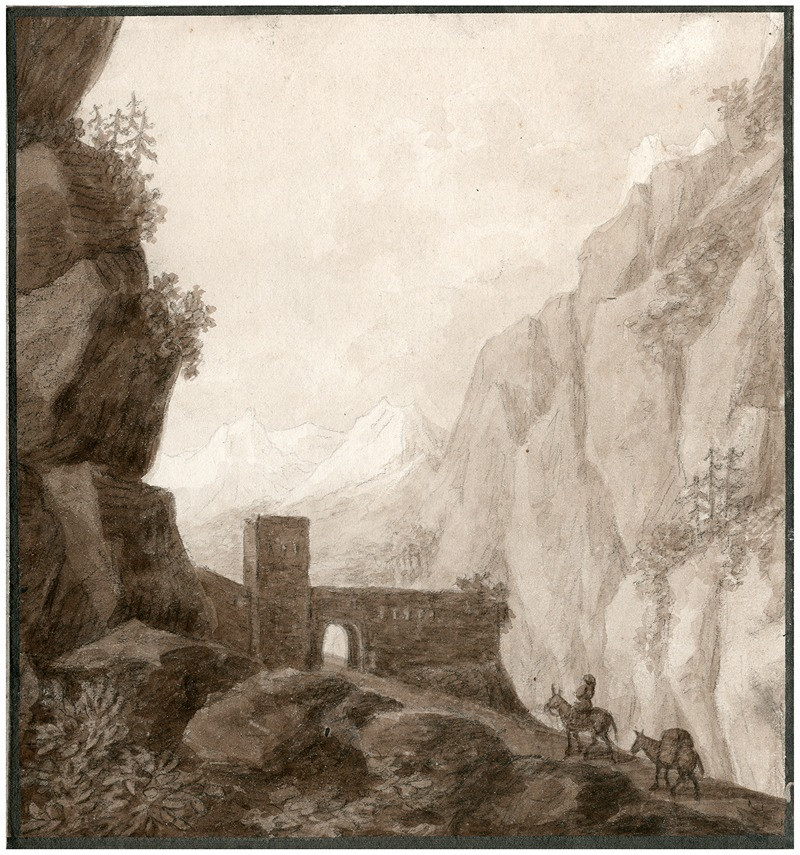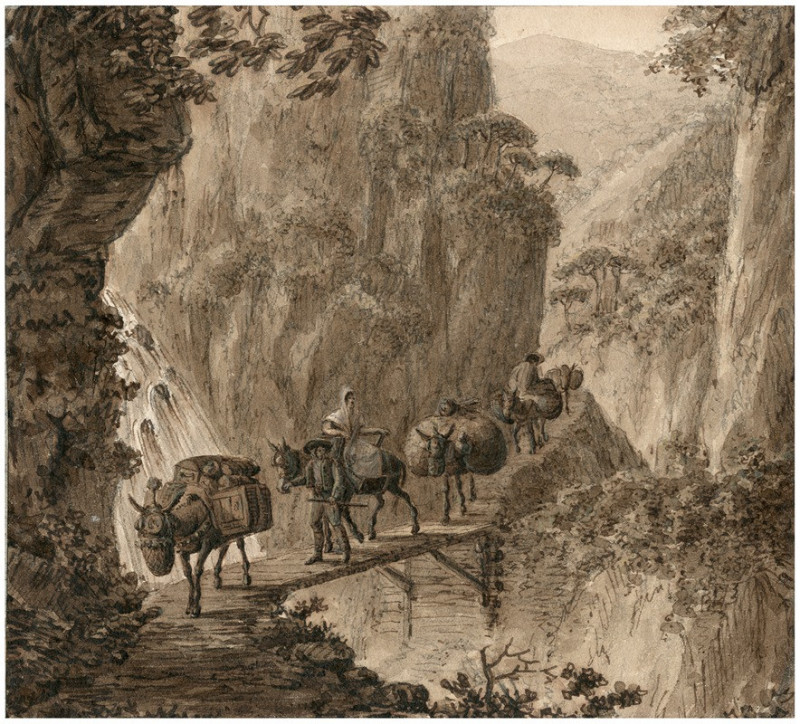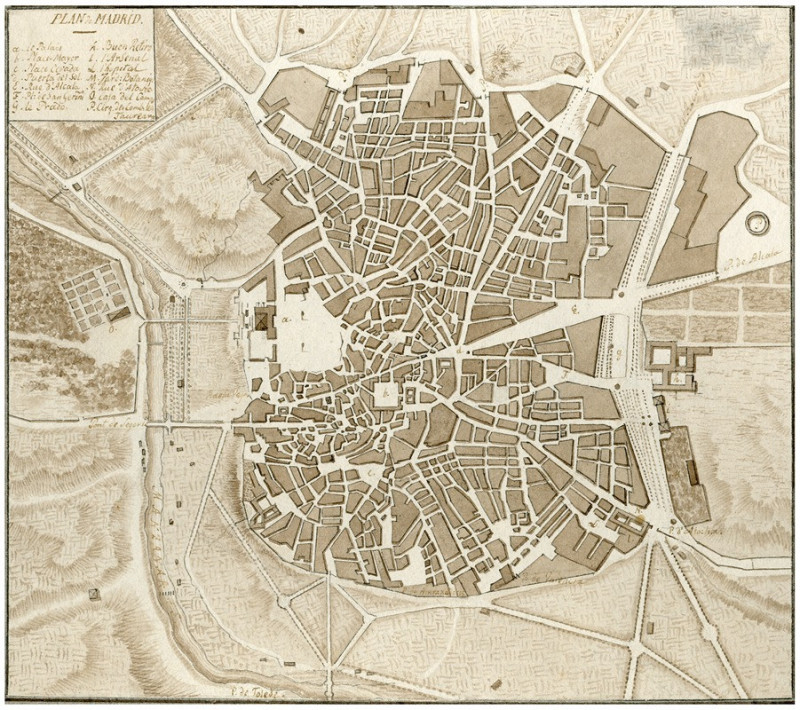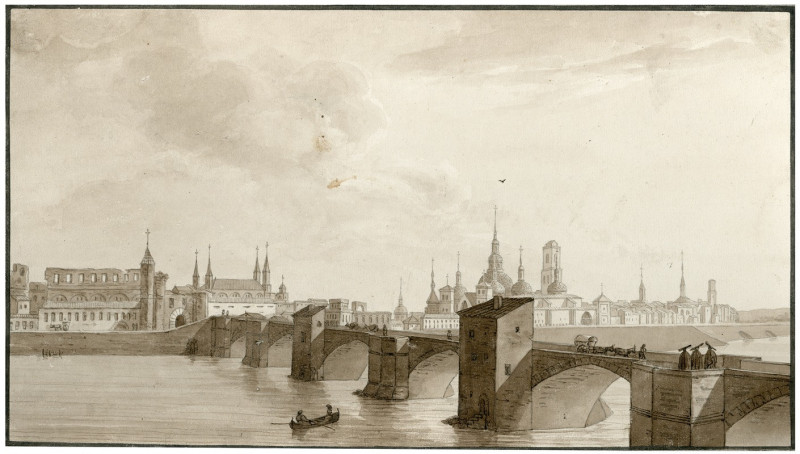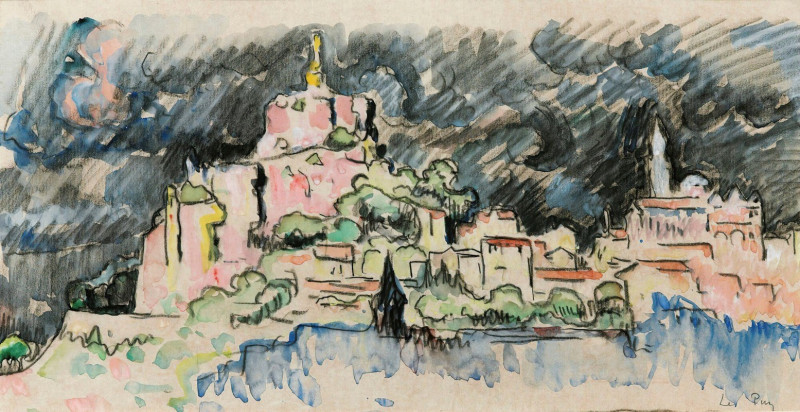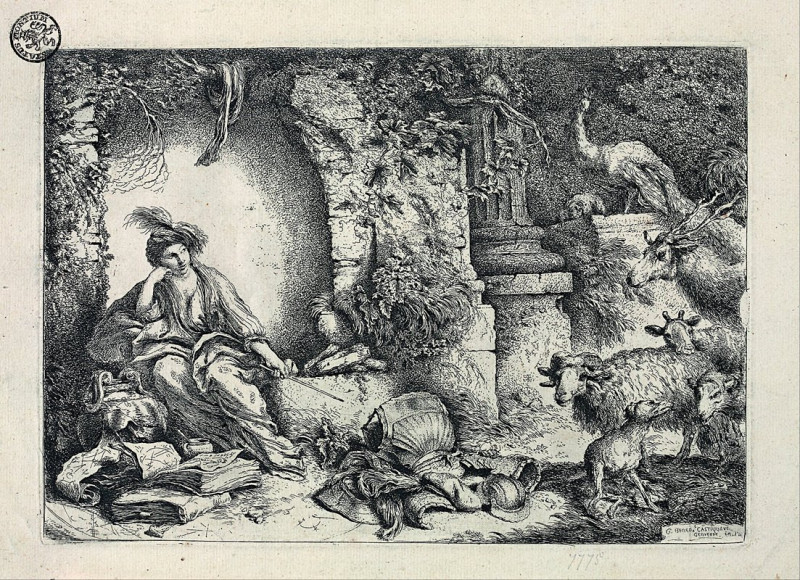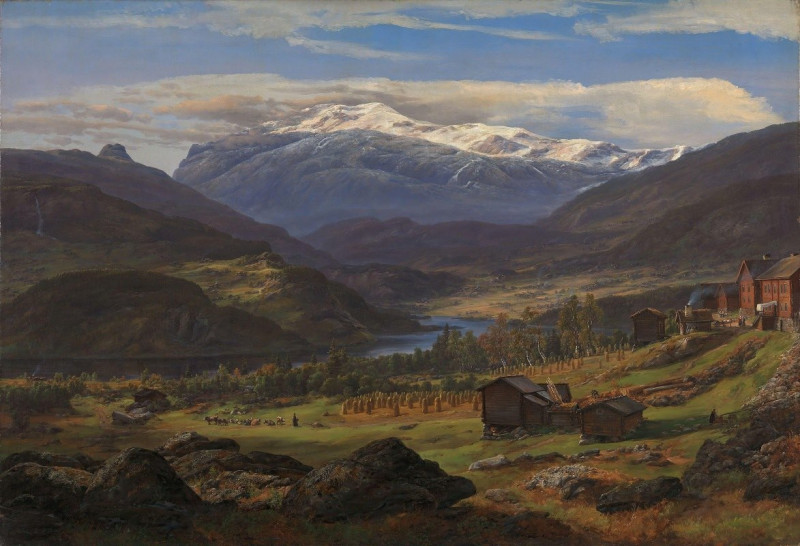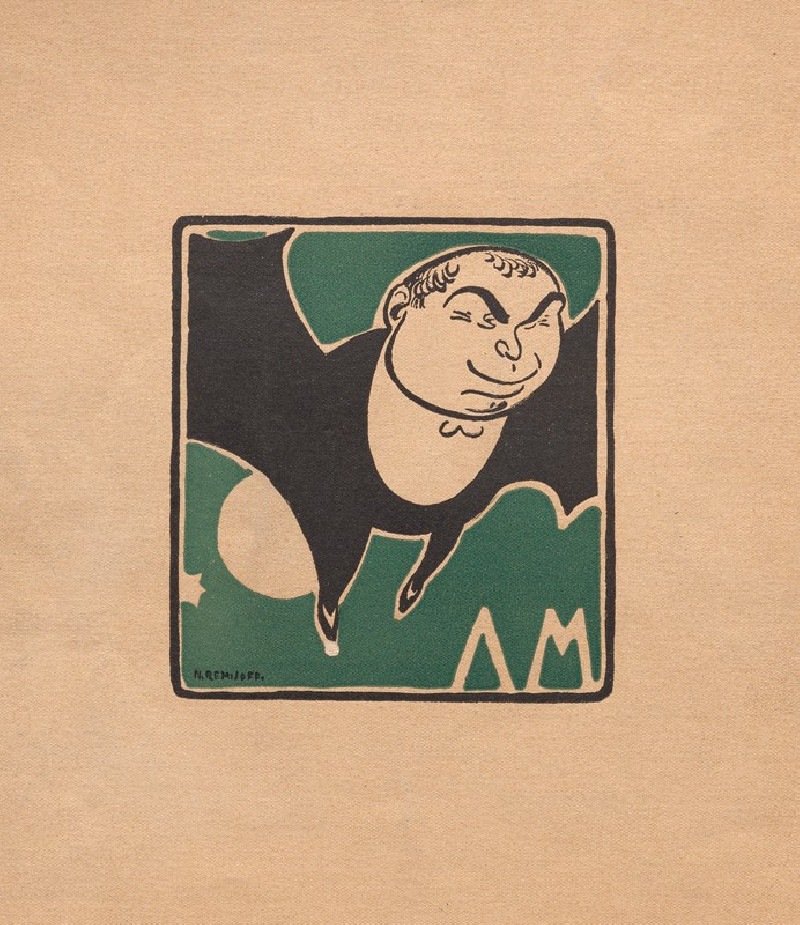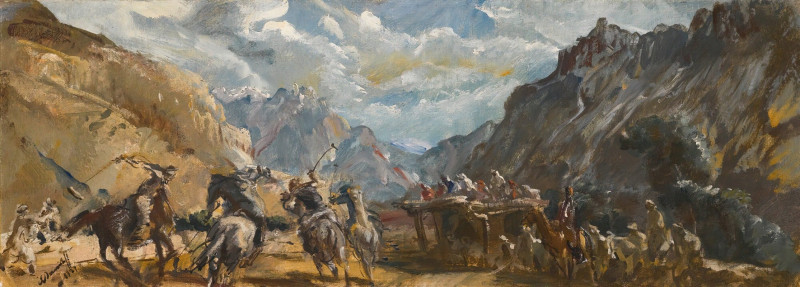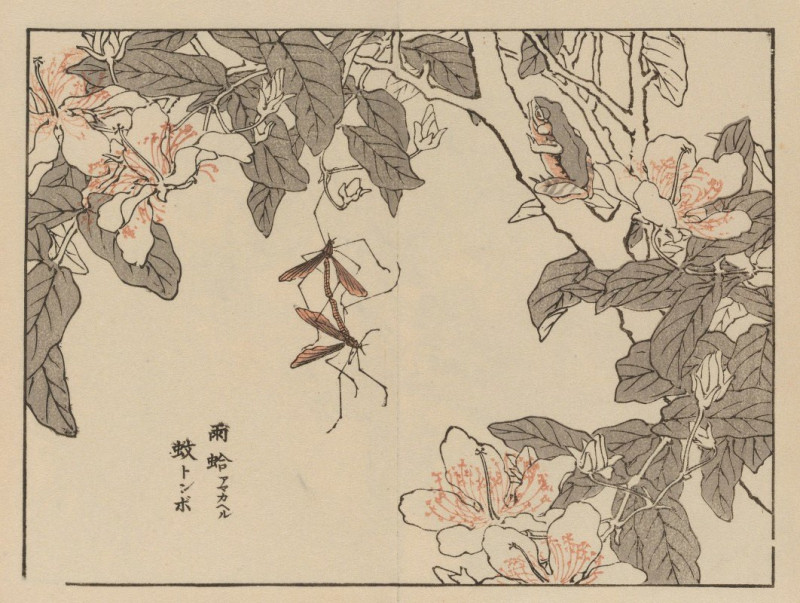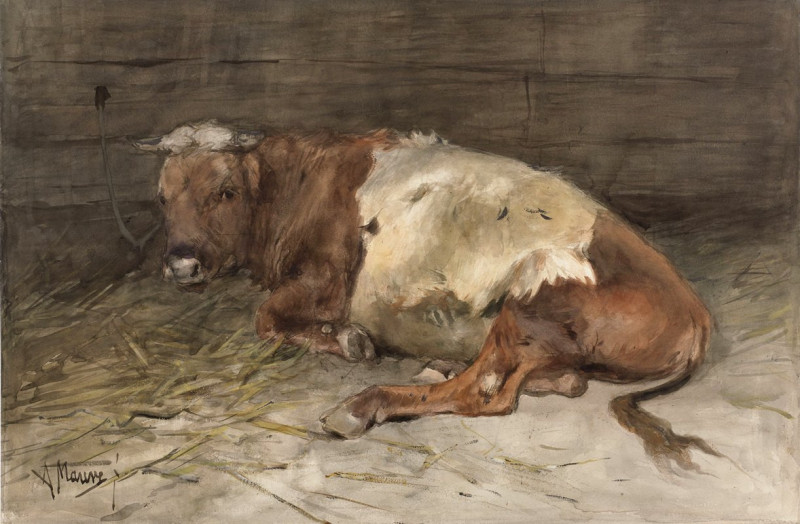De piramide van Austerlitz bij Zeist
Technique: Giclée quality print
Recommended by our customers
More about this artwork
We are pleased to feature a remarkable piece of historical art on our website: "De piramide van Austerlitz bij Zeist," a delicate watercolor painting by the artist Otto Howen, dated 1807. This artwork offers a unique glimpse into early 19th-century Dutch landscape and monumental architecture.In the painting, Otto Howen captures the Pyramid of Austerlitz in a serene, cloud-filled landscape. Situated near Zeist, Netherlands, this artificial earthen pyramid, topped with a tall, slender obelisk, commemorates the military successes of Napoleon’s armies. The pyramid itself, meticulously portrayed with careful shading and structuring, stands out starkly against the expansive flat terrain that surrounds it.To the left of the pyramid, one can see rustic wooden structures—perhaps temporary shelters or military installations—adding a sense of human presence and activity. The gentle undulations of the foreground feature scrubs and low bushes, rendered in soft greens and browns, anchoring the composition in a rich tapestry of natural tones.The distance is marked by a faint skyline of a town, suggesting the proximity of civilization to this monumental site. Above, Howen paints a dynamic sky, where light and shadow play across billowing clouds, suggesting the transient beauty of the moment, caught forever by the artist’s brush.Otto Howen’s work invites viewers on a journey back in time, providing a window into the past that is both educational and aesthetically pleasing.
Delivery
Returns
Otto Christopher Baron von der Howen was a military man, born in Mittau (Kurland), originally in the Russian army, falling in disgrace, he enlisted in 1799 in the Dutch Batavian army, became adjutant to King Louis Napoleon of Holland and was in Spain between 1811 and 1814. Between During the Belgian rising of 1830, he defended the city of Mons, but was defeated and became a prisoner.


